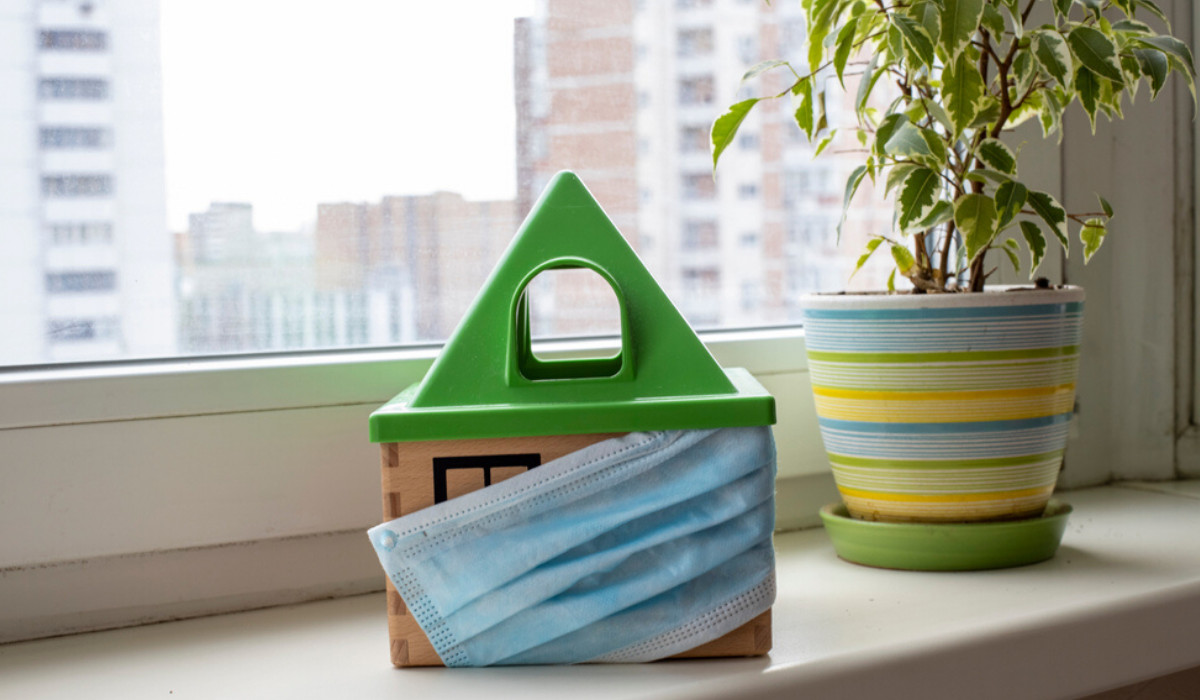Acceleration in residential real estate: Covid Effect
Share Acceleration in residential real estate: Covid Effect
COVID-19 has engendered a mindset in which consumers are debating whether they should buy now or later. The best thing is that most of them are aware that the real estate market is at a stage where buyers/investors may get the best discounts. Housing affordability is at an all-time high when considering real estate prices, historically low home loan interest rates, and incomes.
According to JLL India, “Between 2011 and 2020, affordability has increased across all cities. Despite a bigger fall in annual household income as compared to the residential prices, affordability increased in 2020. A sharp decrease in the cost of funding - average home loan rates reduced from around 8.9% in 2019 to 7.5% in 2020, more than offset the adverse impact of lower incomes on affordability.”
Several new projects were launched, which also is an indication that the demand is growing in these challenging times. “In Q3 2021, housing sales surged 113% y-o-y across the top 7 cities – from approx. 29,520 units in Q3 2020 to nearly 62,800 units in Q3 2021. MMR accounted for 33% of the total sales, followed by NCR with a 16% share,” according to a report by ANAROCK.
This year, though, has been an outlier. In some regions, a small number of developers are offering moderate price reductions to help with short-term cash flow. Furthermore, to entice potential homebuyers, developers are offering various incentives such as no EMIs for a year, no stamp tax, and so on. In some markets, this has resulted in a minor drop in home prices.
While prices stayed unchanged, there was an effective price reduction. The rationale for the trend is apparent, given the cost of raw materials has been steadily rising. In fact, certain items have seen a 75 per cent price increase since the middle of last year. The developers are attempting to absorb the costs, but the considerable increase may cause prices to rise in the near future.
As the number of COVID cases drops, the industry is seeing an uptick in queries. Just as there was after the first wave, there is a large demand for spacious homes in developments that can provide for the occupants' total well-being. Following two catastrophic attacks, individuals are looking for solutions that will allow them to spend their time in a home that reflects their socioeconomic status; as a result, demand for well-crafted homes is on the rise.
The COVID situation also saw a significant increase in NRIs showing interest in Indian real estate. The CII and Anarock research "Indian Real Estate Vision 2025," stated that "the COVID-19 pandemic, along with decreased real estate prices and a declining rupee, has drawn a lot of attention from NRIs”. According to a survey by CII and ANAROCK titled ‘Real Estate Purchase Perspectives: From the Lens of the Consumers,' the average NRI investment ticket size in 2016 was approximately Rs 70 lakh; it was around Rs 51 lakh in 2018, and it is presently around Rs 80 lakh.
Despite the threat of a third pandemic wave, the industry is capable of overcoming enormous challenges. We are confident that the third wave, if it occurs, will not have a terrible effect since people are being extra cautious about their health. The real estate industry has also taken notes from 2020 and is employing techniques to attract buyers and investors. The most significant development has been the greater use of technology. The effective use of the internet to send relevant messages has provided a fertile atmosphere for the sector to thrive.
The market has begun to show signs of improvement, implying that it will continue to grow in the future. The fact that the percentage share of affordable housing sales in overall sales remains at the top shows that the market is reacting to demand. Demand has exceeded supply in the entire Delhi NCR market, indicating that a good project has a good chance of being snatched up by purchasers. Consumers have resumed their home-buying quest after a nearly year hiatus following the initial wave. Given the enhanced importance of having a home during the pandemic, consumer mood is projected to be high in the coming quarters, giving the sector an overall positive outlook.
As the real estate sector begins to recover, the value of real estate as an asset will continue to rise and increase over time. Furthermore, additional effort and government backing are required to reintroduce the influx of market laggards. Measures such as stamp duty reductions are expected to add to the increased demand in real estate regions such as Delhi NCR. On top of that, the festive season of 2021 proved to be one-of-a-kind in many aspects. There was a lot of demand for housing from people who had previously been satisfied with renting. One of the most distinguishing characteristics of post-COVID-19 housing demand is that even millennials are looking to buy a home.
Request a Call Back

